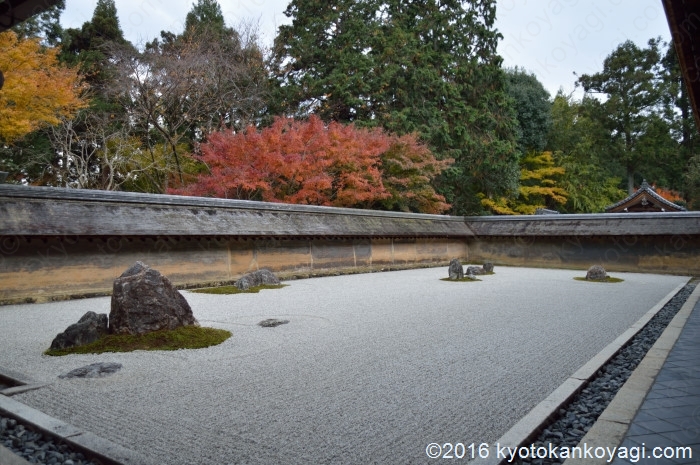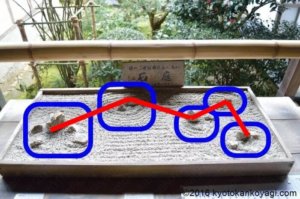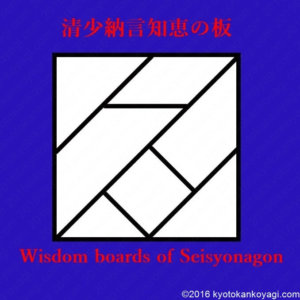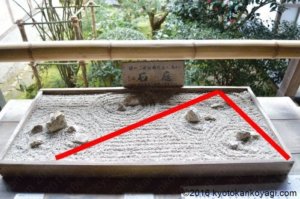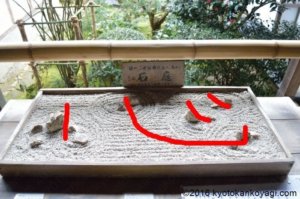Five Zen temples 五山
We have a list of important Zen temples called Gozan. Gozan means “Five temples.” They are Tenryuji, Syokokuji, Kenninji, Todukuji, and Manjuji. In this hypotheses, the five groupings represents each of them.
Cassiopeia
In ancient times, people tried to find Cassiopeia to locate Polaris. We had a belief called “Hokushin Shinko (A belief in Polaris).” In ancient China, people thought Polaris was the center of the universe. In addition to it, Hokushin Shinko and a belief in Bodhisattva fused and gave birth to a belief in Myoken Bodhisattva.
These believes were introduced Japan around 6th century.
Furthermore, Polaris was called Tenoh Daitei (天皇大帝). It is believed that the word 天皇 of 天皇大帝 is one of important origin of “Ten no(天皇) ” which means emperor in Japanese.
Boards of Seisyonagon
Boards of Seisyonagon is a transformation puzzle invented in the 18th century. It resembles Tangram in China. It bears a name of Seishonagon, the famous poet and author of The Pillow Book, though it has nothing to do with her. This hypothesis claims that the garden reminds us of the boards.
Mind 心
Seeing the groupings of rocks as a Kanji letter “心”. The Kanji means “heart” or “mind”. Zen is a kind of philosophy on state of mind.
About Ryoanji
For more information, click the link below.

Bibliography
David and Michiko Young, The Art of the Japanese Garden, TUTTLE publishing, 2005
杉本秀太郎・道浦母都子 (2009) 『新版 古寺巡礼京都〈33〉龍安寺』淡交社
細野透(2015)『謎深き庭 龍安寺石庭: 十五の石をめぐる五十五の推理』淡交社
ヤギの京都観光案内/KYOTO GOAT BLOGをもっと見る
購読すると最新の投稿がメールで送信されます。

